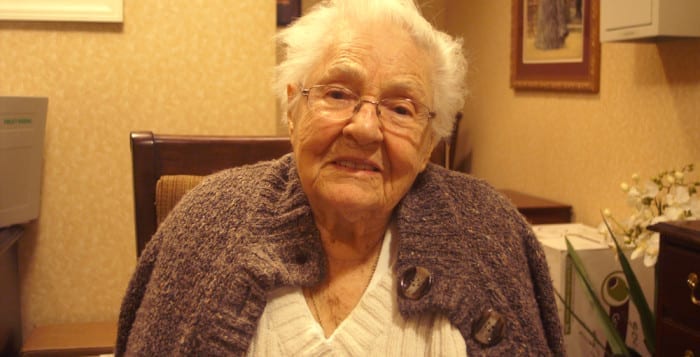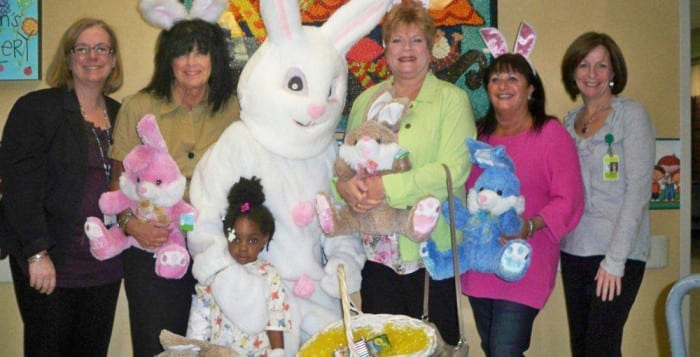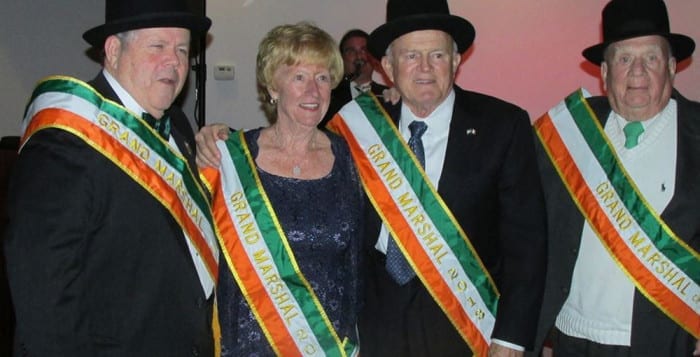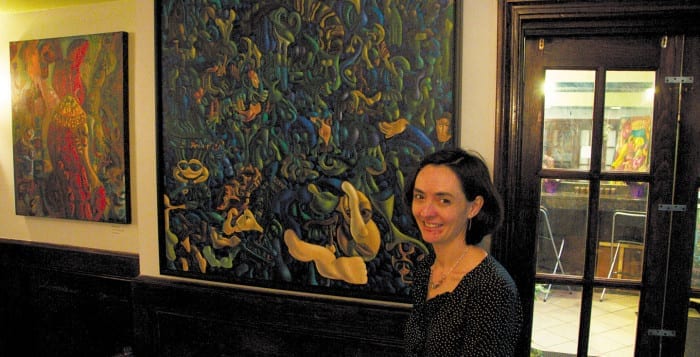A few weeks ago, a patient walked in to my office with a newspaper article touting the release of new guidelines for the treatment of hypertension, or high blood pressure. The patient wanted to get my feedback on these guidelines released on Dec. 18, 2013, by the Eighth Joint National Committee (JNC 8). The big change is that treatment levels are relaxed. The previous version, JNC 7, was released a decade ago in 2003. Usually they are updated every five or six years, and it has been 10.
My initial reaction was excitement: the JNC 8 was trying to avoid the pitfalls of overtreatment, especially for older patients and those with diabetes and/or chronic kidney disease. However, it’s more complicated than that.
High blood pressure may lead to unwanted consequences, such as cardiovascular events (strokes and heart attacks), heart failure and premature death. The goal of treatment, whether with medication and/or lifestyle changes, is to prevent these complications from developing and, ultimately, lowering risk. Does raising the initial treatment levels impact these goals? Let’s look at the guidelines in more detail.
Previously, anyone with a blood pressure >140/90 mmHg was considered to have elevated levels. However, this is not the case with JNC 8 (1). According to the guidelines, people who are greater than 60 years old should not start blood pressure medications until their levels are >150/90 mmHg. Thus, the parameters for the treatment of systolic blood pressure, the top number, representing blood pumping from the heart to the rest of the body, was relaxed by 10 mmHg. The authors warn that this is not an opportunity to let the SBP rise above 150 mmHg. If you already are well controlled with blood pressure medications, the authors advise not changing the regimen.
For those who have diabetes or chronic kidney disease, the target goal for treatment also became more lenient, rising from a SBP of <130 mmHg to a suggested level of <140 mmHg. To make things a little more confusing, the guidelines go on to say that it is unclear what the cutoff for SBP should be to start treatment for those under 60.
There was dissension in the JNC 8 ranks relating to age. Though the American Society of Hypertension and the International Society of Hypertension agree that the initial treatment target should be changed, it should only be changed for those who are greater than 80 years of age, not older than 60 (2).
The reason for the less strict cutoff to treat high blood pressure is based on the dearth of randomized controlled trials for those who are greater than 60 years of age. In fact, there are only two RCT studies for this age group and only one RCT for patients greater than 80 years old. Obviously, we need more studies that focus on older populations, especially since our population is aging. Also, ironically, JNC 8 loosened SBP treatment levels for the population at greatest risk. Approximately two-thirds of patients greater than 60 years old will develop high blood pressure (3).
The easing of guidelines with diabetes patients was influenced by the results from the ACCORD trial, a large RCT (4). One part of the trial involved researchers looking at intensive treatment of SBP with medications to levels <120 mmHg. The goal was to reduce the risk of cardiovascular events. There were over 4,500 patients involved in this investigation into intensive blood pressure treatment over 4.3 years. After the first year, although they achieved the goal of a SBP of <120 mmHg in the intensive group, clinical outcomes did not pan out. Results showed no significant reduction in death from any cause between the intensive group and the standard treatment group. The conclusion was that intensive therapy had no more benefit than standard therapy for fatal and nonfatal cardiovascular events, though there were significantly more side effects with intensive therapy. This was disappointing.
Dr. Harlan Krumholz, professor of medicine and director of the Yale-New Haven Hospital Center for Outcomes Research and Evaluation, wrote an intriguing article in the New York Times on Dec. 18, 2013, entitled “3 Things To Know About the New Blood Pressure Guidelines” (5). I want to highlight his third point: even though we may lower blood pressure with medications, specifically borderline high blood pressure, it may not reduce subsequent risk of premature death, stroke or heart attacks.
To reduce the risk of cardiovascular events, there are several factors involved. To learn more, please look at my March 13, 2012, article entitled “Seven highly effective habits for preventing heart disease.” Of course, normal blood pressure of <120/80 mmHg is only one component in making cardiovascular disease much less significant (6).
There are a number of studies that show the impact that lifestyle modifications may have on hypertension. A recent population-based study involving over 3,000 participants in Sicily looked at different levels of adherence to the Mediterranean-type diet. Those who were in the top third for compliance noticed significant reductions in the risks for high blood pressure, diabetes and obesity (7). Though population studies are not as stringent as randomized controlled trials, they still can provide an association between diet and potential reduction in disease risk.
In the Nurses’ Health Study, those who followed a healthy lifestyle, including a nutrient-dense approach with significant amounts of fruit and vegetables called the DASH (dietary approaches to stop hypertension) diet, saw an 80% reduction in the risk of developing high blood pressure (8). Though this is an observational study, it is a very large trial with more than 80,000 women followed over a long duration of 14 years.
Though medications may help reduce SBP levels, they may or may not alter the clinical outcomes. Also, the lack of clinical trials in older patients suggests that the new JNC 8 guidelines are an improvement. I am especially impressed with their emphasis on lifestyle modifications; studies indicate that a nutrient-dense diet may reduce SBP to normal levels with hypertension and prevent high blood pressure for those who have yet to develop the disease.
I don’t agree that older patients should live with higher SBP levels just because we don’t have enough studies showing benefit with medications. Nutrient-dense diets, such as the Mediterranean-type and DASH diets, have shown potentially powerful effects with blood pressure control in the population at large. Thus, it behooves physicians to discuss and stress lifestyle changes, such as diet, exercise and smoking cessation. Patients should not stop blood pressure medications without first discussing it with their doctors. These are only guidelines, and each case may be different.
References:
(1) JAMA online. 2013 Dec. 18. (2) J Hypertens. 2014;32:3-15. (3) Circulation. 2013;127:e6-e245. (4) N Engl J Med. 2010;362:1575-1585. (5) nytimes.com. (6) N Engl J Med. 2012;366:321-329. (7) Nutr Metab Cardiovasc Dis online. 2013 Nov. 1. (8) JAMA. 2009;302:401-411.
Dr. Dunaief is a speaker, author and local lifestyle medicine physician focusing on the integration of medicine, nutrition, fitness and stress management. For further information, go to the website medicalcompassmd.com and/or consult your personal physician.










